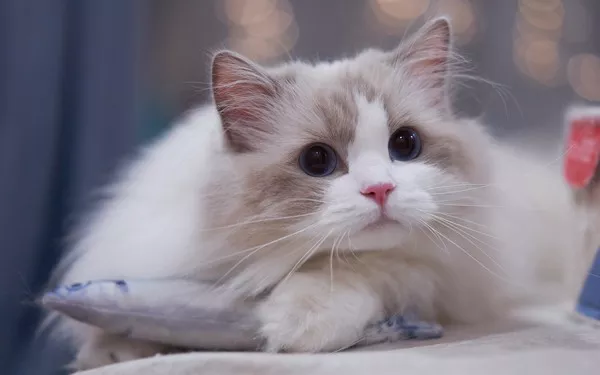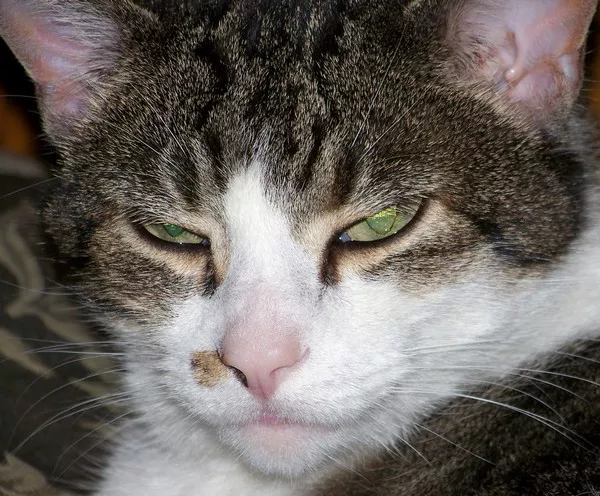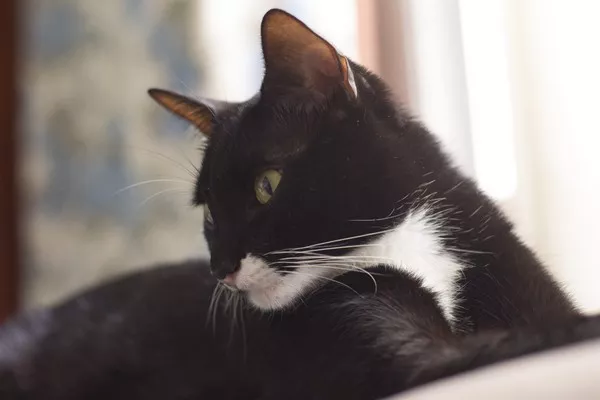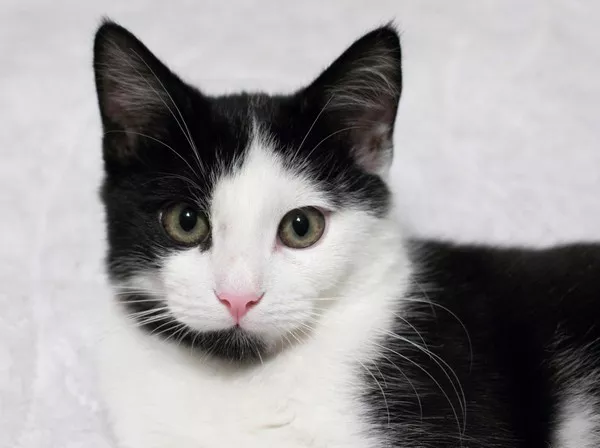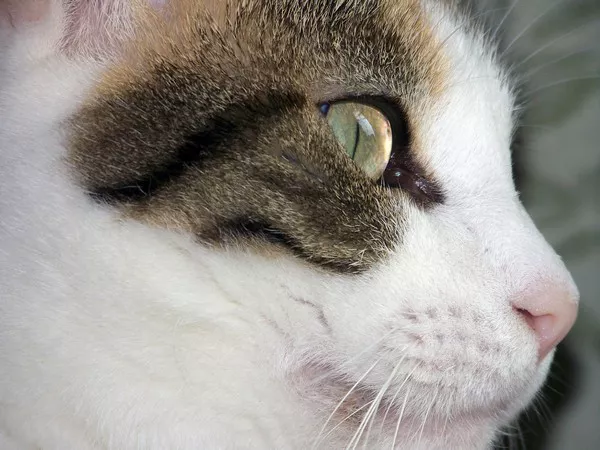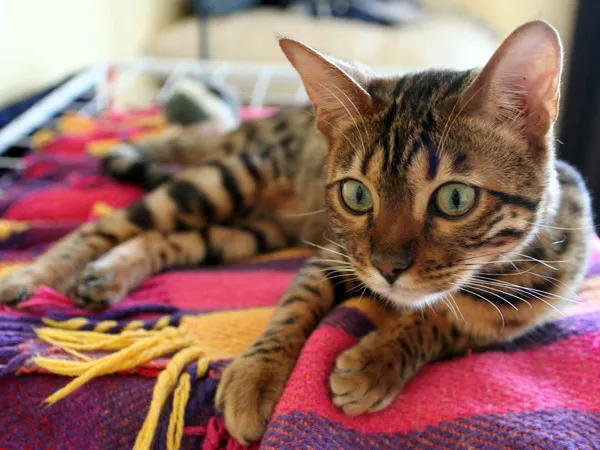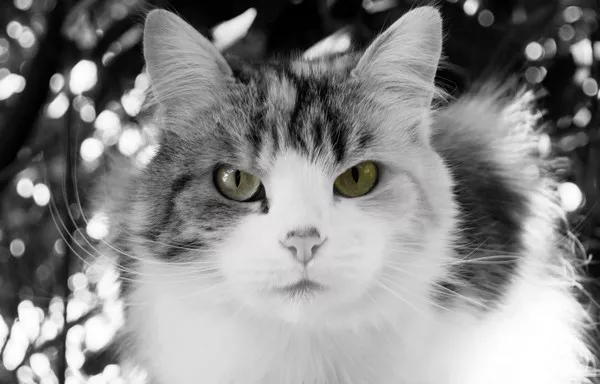Ragdoll cats are renowned for their stunning blue eyes, docile temperament, and, of course, their luxuriously fluffy coats. However, for new Ragdoll owners, the question often arises: “When will my Ragdoll get fluffy?” Understanding the development of your Ragdoll’s coat can help you better anticipate this change and ensure you are providing the best care for your feline friend.
The Genetics of Fluffiness
Ragdolls are a breed that is genetically predisposed to having long, silky fur. This characteristic is a result of selective breeding, aimed at producing a cat with a plush coat that is both beautiful and soft to the touch. The gene responsible for long hair in cats is recessive, meaning that both parents must carry the gene for their offspring to exhibit this trait.
Heredity and Coat Development
The fluffiness of your Ragdoll’s coat is largely determined by heredity. If your Ragdoll comes from a line of particularly fluffy cats, chances are higher that they will develop a thick, luxurious coat. Breeders often track these traits, so acquiring a Ragdoll from a reputable breeder can give you a good indication of your cat’s future coat characteristics.
The Developmental Stages of a Ragdoll’s Coat
Ragdolls go through several stages of coat development from kittenhood to adulthood. Understanding these stages can help you predict when your Ragdoll will reach its peak fluffiness.
Kitten Coat (0-4 Months)
When Ragdolls are born, they have a soft, downy coat that is often not indicative of their adult fluffiness. This initial coat is primarily designed to keep them warm during their early weeks of life. During this stage, the coat is thin and short.
Transition Period (4-12 Months)
Between four and twelve months, Ragdolls begin to develop their adult coats. This period is characterized by significant changes in their fur’s length and density. Around six months, you might notice a transition as their coat starts to fill out and become thicker. However, the full fluffiness is usually not yet present.
Full Coat Development (1-2 Years)
From one to two years of age, Ragdolls will typically reach their full coat development. During this time, their fur becomes noticeably longer and denser. By the time they are two years old, most Ragdolls will have developed the thick, plush coat that the breed is known for.
Mature Coat (2-4 Years)
While many Ragdolls reach their full coat potential by age two, some may continue to develop a thicker coat until they are around four years old. This extended period of development can result in a more luxuriant and fuller coat as they mature.
Factors Affecting Coat Development
Several factors can influence when and how fluffy your Ragdoll’s coat will become. These include diet, grooming, environment, and overall health.
Diet and Nutrition
A balanced diet rich in essential nutrients is crucial for the healthy development of your Ragdoll’s coat. High-quality cat food that includes adequate protein, omega-3 and omega-6 fatty acids, and vitamins can promote a shiny, healthy coat. Supplements like fish oil can also enhance coat quality.
Grooming Practices
Regular grooming is essential to help your Ragdoll achieve and maintain a fluffy coat. Brushing your Ragdoll at least a few times a week can help remove loose hairs, prevent matting, and stimulate natural oil production that keeps their fur healthy. During shedding seasons, more frequent brushing may be necessary.
See Also: What is the Best Food for Siamese Cats?
Environmental Factors
The environment in which your Ragdoll lives can also impact their coat development. Cats that live in colder climates might develop a thicker coat as their bodies adapt to the temperature. Conversely, Ragdolls in warmer climates might have slightly less dense fur.
Health and Wellness
Overall health plays a significant role in coat development. Regular veterinary check-ups, vaccinations, and prompt treatment of any health issues are essential. Conditions such as skin infections, parasites, or nutritional deficiencies can adversely affect your Ragdoll’s coat quality.
Common Questions About Ragdoll Fluffiness
Can I Speed Up the Fluffiness of My Ragdoll’s Coat?
While you cannot change the genetic timeline for when your Ragdoll’s coat will reach its full fluffiness, you can ensure that they are in optimal health, which will naturally support better coat development. This includes providing a nutritious diet, regular grooming, and maintaining their overall health.
What Should I Do If My Ragdoll’s Coat Isn’t Getting Fluffy?
If your Ragdoll’s coat isn’t developing as expected, it may be due to underlying health issues, poor diet, or inadequate grooming. Consult your veterinarian to rule out any health problems. Additionally, review their diet and grooming routine to ensure they are receiving the best care possible.
Will Spaying or Neutering Affect My Ragdoll’s Coat?
Spaying or neutering your Ragdoll can have some impact on their coat due to hormonal changes. However, these changes are typically minor. The overall fluffiness of their coat is primarily determined by genetics and general health.
Are There Seasonal Changes in My Ragdoll’s Coat?
Ragdolls may experience some seasonal variation in their coats. During colder months, you might notice their fur becoming thicker, while it may thin out slightly during warmer months. Regular grooming can help manage these changes and keep their coat in good condition year-round.
Grooming Tips for a Fluffy Coat
Regular Brushing
To maintain and enhance the fluffiness of your Ragdoll’s coat, regular brushing is essential. Use a high-quality brush designed for long-haired cats to detangle and remove loose hairs. Brushing not only prevents matting but also stimulates the skin and distributes natural oils, contributing to a healthier coat.
Bathing
While Ragdolls are generally good at grooming themselves, occasional baths can help keep their coat clean and fluffy. Use a cat-specific shampoo and ensure thorough rinsing to avoid any residue that could irritate their skin. Make sure your Ragdoll is completely dry after bathing to prevent any discomfort or potential health issues.
Nail Trimming
Keeping your Ragdoll’s nails trimmed can prevent them from scratching and damaging their coat. Regular nail trimming also reduces the risk of injury and helps maintain their overall well-being.
Ear and Dental Care
Regular ear cleaning and dental care are important aspects of your Ragdoll’s grooming routine. Clean ears prevent infections that could affect their overall health, and good dental hygiene ensures they can eat properly, which supports coat health.
Understanding Shedding in Ragdolls
Shedding Seasons
Ragdolls, like many other breeds, experience shedding seasons, typically in the spring and fall. During these times, you might notice an increase in the amount of fur they shed as they prepare for seasonal changes. Increased grooming during these periods can help manage the extra hair and keep their coat looking its best.
Managing Shedding
To manage shedding, regular brushing is key. Additionally, using grooming tools like deshedding brushes or combs can help remove loose fur more effectively. Vacuuming your home frequently and using furniture covers can also help manage the hair around your living space.
Potential Health Concerns
Excessive shedding or bald spots can be indicative of health problems. If you notice any unusual patterns of shedding, consult your veterinarian to rule out conditions such as allergies, parasites, or skin infections.
Conclusion: Patience and Care for a Fluffy Ragdoll
In conclusion, while the timeline for when your Ragdoll will get fluffy can vary, it typically falls between one to four years of age. By providing a balanced diet, regular grooming, a healthy environment, and prompt veterinary care, you can support the development of a beautiful, fluffy coat.
Remember, each Ragdoll is unique, and their coat development may follow its own schedule. Patience and consistent care are key to ensuring your Ragdoll becomes the fluffy, beautiful cat they are meant to be. Enjoy the journey of watching your Ragdoll grow and flourish into their full, fluffy potential.

